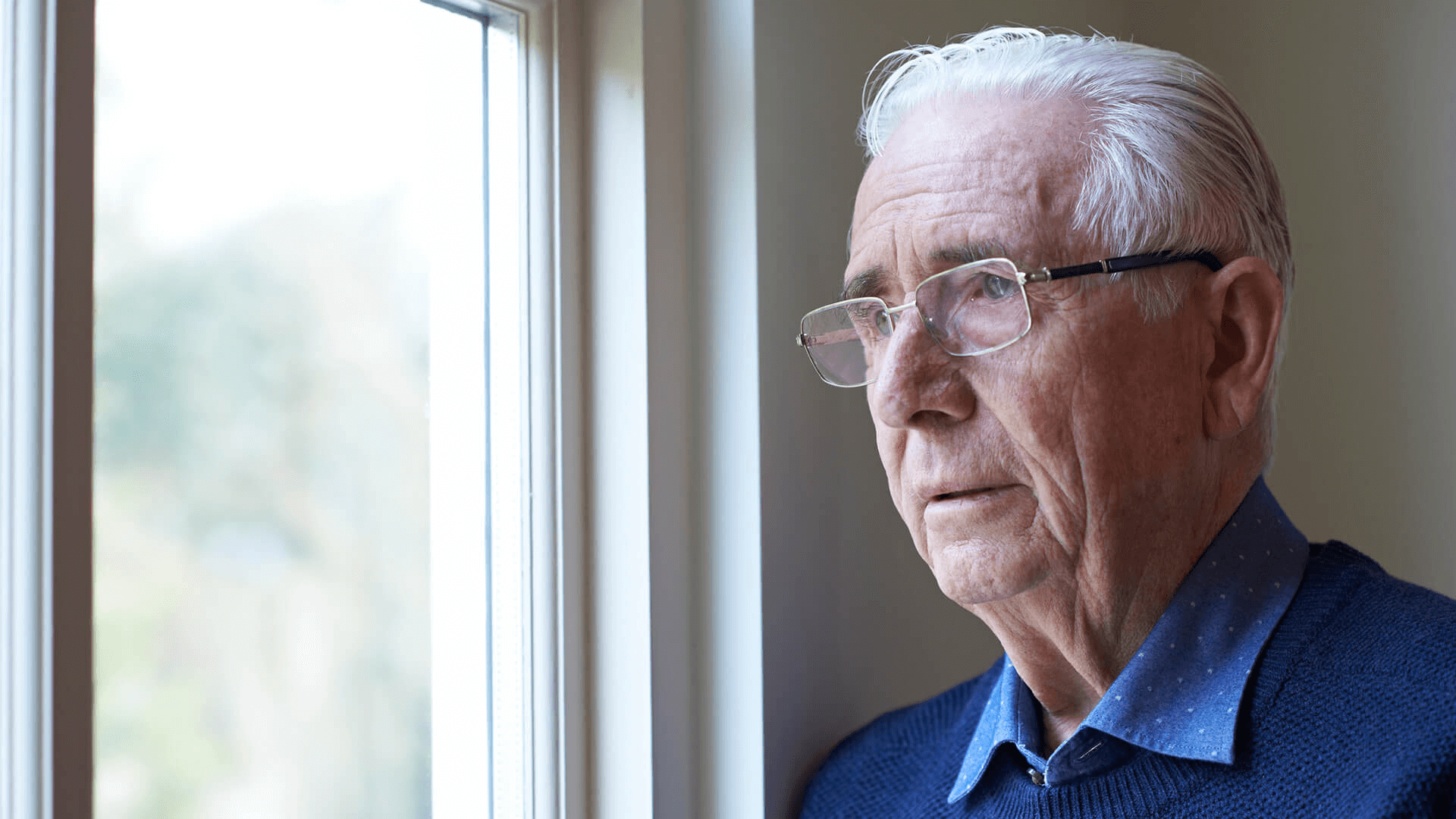Keeping our elderly population safe: The value of retirement living in the face of COVID-19
During the first week of the UK lockdown to stem the advance of COVID-19, many news outlets reported on Doreen, Dotty and Carol, three ladies in their 70s moving in to one of their respective houses to isolate together. They were doing so, they told inquisitive reporters via Skype, because they couldn’t bear the idea of isolating alone and so, to avoid getting lonely, they would live together, getting through the weeks ahead on a shared love for cheap wine and box-sets of The Crown!
What Doreen, Dotty and Carol’s story teaches us is the innate need that older people have to connect, socialise and surround themselves with a supportive community. Yet in almost every country battling the COVID-19 pandemic, people over the age of 65 are being told to self-isolate in their own homes and shut themselves off from other people. And whilst three ladies finding companionship in a northern England town is a heart-warming tale for troubled times, the story is no doubt playing out very differently for many elderly people living in remote locations, in towns and cities where people don’t know their neighbours, or their families and friends live far away. The concern is not only the lack of physical support these older people might need, but also the massive change in the quality of their mental and social lifestyle.
This dreadful pandemic has arrived at a time when the UK’s ageing population is growing – the Office for National Statistics projects that more than 24 percent of people living in the UK will be aged 65 or older by 2042. At the same time, older people are particularly vulnerable to the current Coronavirus outbreak and may equally be at risk in future epidemic and pandemic scenarios. We therefore need to start having a conversation now about where and how people in the UK should live in later life.
Having worked on later living developments throughout the world and having spent time studying and learning from retirement and care communities throughout Europe, it is still very much my view that older people are better served living in a purpose-built supportive community where they can still socialise within their household and closer neighbourhoods, whilst having their food delivered and care provided if needed.
Retirement villages, acting as de facto isolated communities, provide the only controlled environment for the elderly in these troubling times. Food and shopping can be delivered to residents by the operator without a need to rely on the kindness of relatives and neighbours, thus the flow of people in and out can be reasonably controlled and exposure to the virus greatly minimised.
That being said, as disturbing stories reach us about care home mortality rates in pandemic-hit Europe, we need to acknowledge the risks of having large groups of elderly and possibly unwell people living in close proximity and consider how we can better mitigate that risk now and in the future.
Currently, operators have the flexibility to make case-by-case judgements on the self-isolation measures they incorporate into their communities, with many having entered preemptive or voluntary lockdown. Social isolation is one of the key challenges for retirement village residents; it is often their social life that gives residents their sense of connection and improves mental health and well-being – but that need not be massively impacted in future pandemic lockdowns. If developments were designed properly as clusters and small groups of apartments, households of up to half a dozen people can move in together, sharing facilities whilst supporting and caring for each other. Meanwhile, staff arrangements with on-site sleeping facilities could be provided in order to allow staff to stay on site in case of quarantine.
Loneliness could be controlled by making sure that there are still activities provided, such as walks around the grounds in small groups which respect social distancing. A well-stocked on-site shop, with a delivery service during any quarantine measures, should also be considered an essential requirement, relieving any need to leave the site for essentials shopping.
Technology can also play a greater part in helping to control the environment, activities and social interaction, creating online multi-chat rooms, broadcasting movies or audio book clubs. Indeed, many retirement and care communities are already deploying technology to keep residents informed and educated on all aspects of the pandemic, including social distancing guidance and tips on health and well-being. This is critical, as many elderly people in non-retirement communities are still ignoring important government guidance on COVID-19. In the future, of course, the use of more developed technology such as robots could minimise human contact further, but still provide help with daily tasks and chores.
How and where elderly people live has never before come under such intense scrutiny – and when the current pandemic is over there will no doubt be many important lessons for the retirement living and care home sector to take away. However, we can be in absolutely no doubt that retirement villages, assisted living developments and extra later living communities have an essential role to play in providing the support the elderly need in such unsettling times, making sure that no one is forgotten or left on their own.
